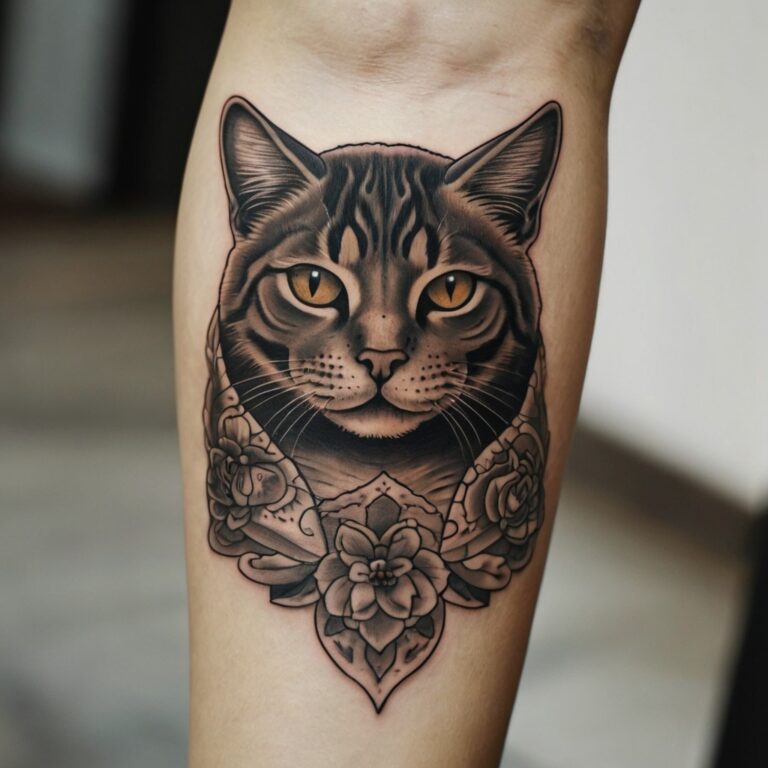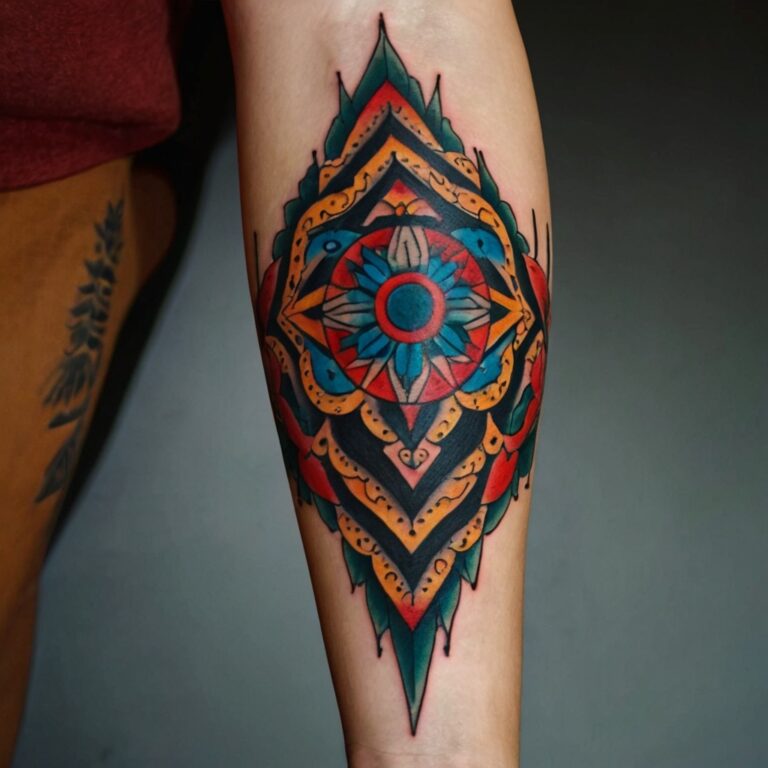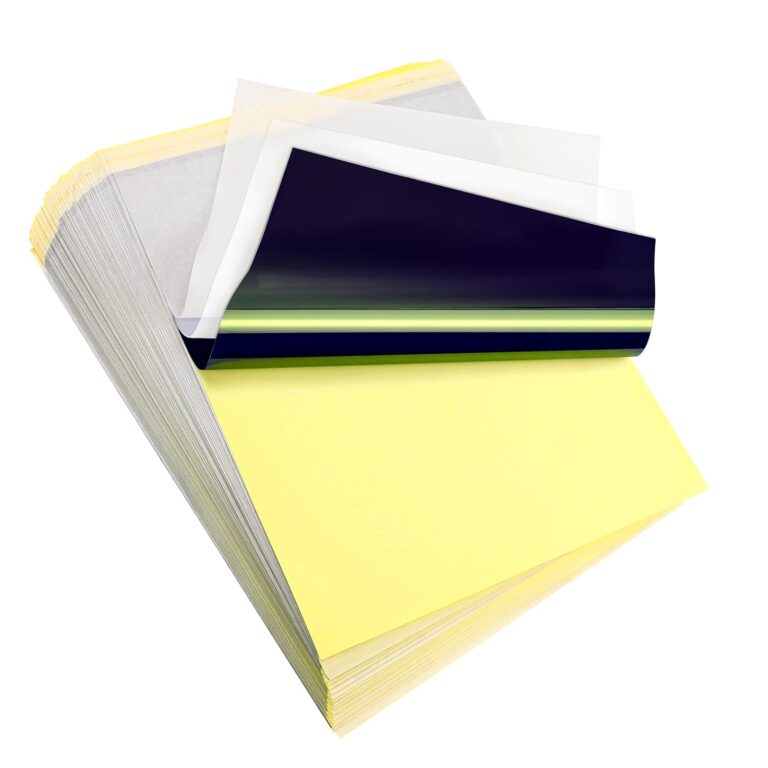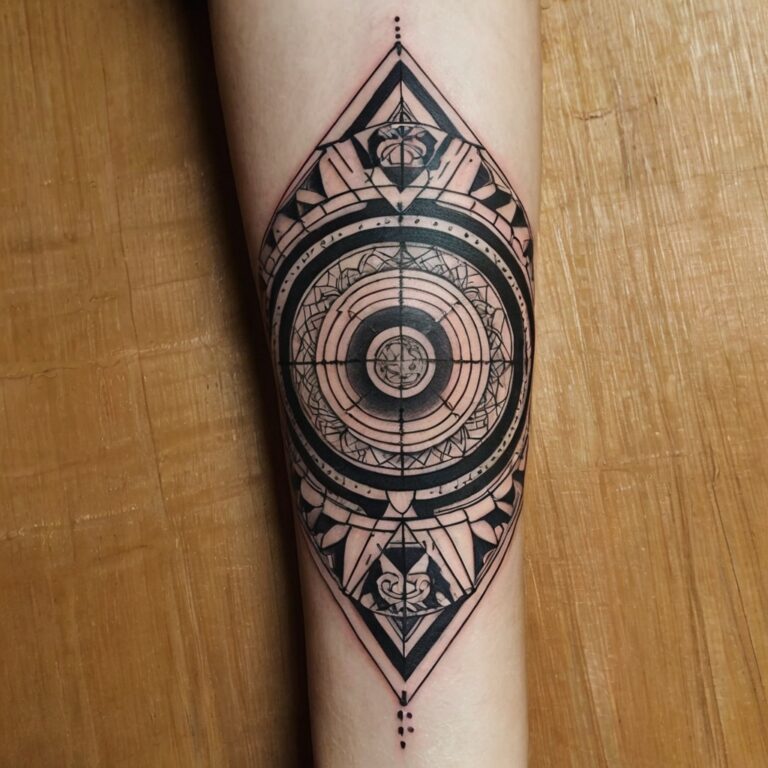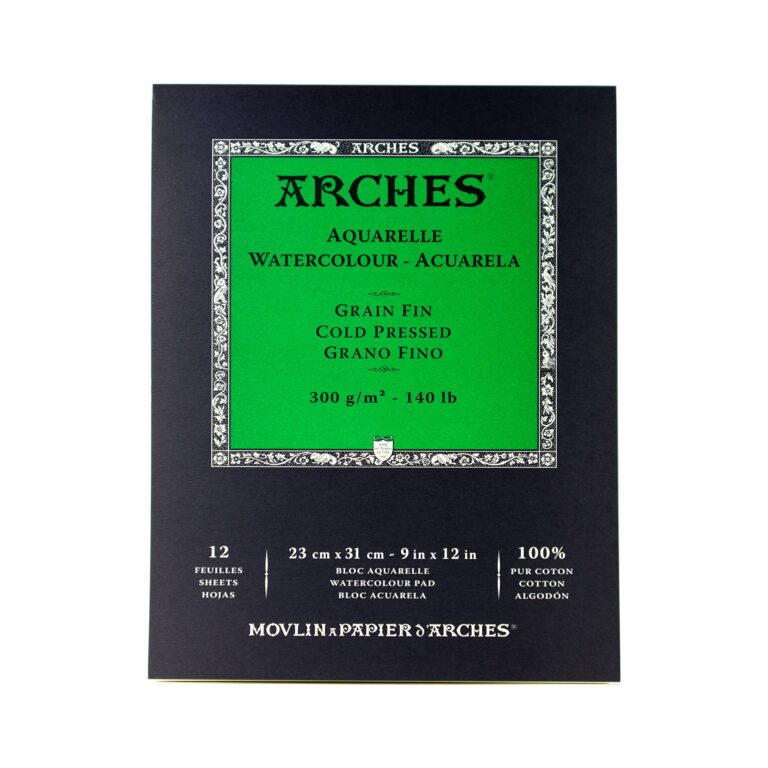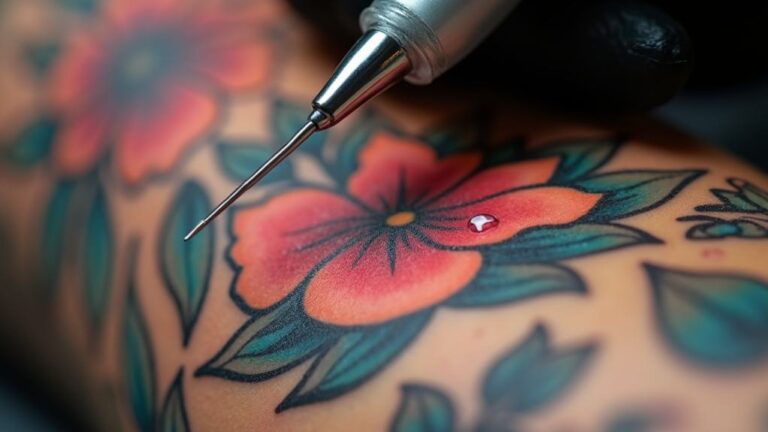Ever wondered how deep tattoo needles actually pierce into your skin to leave that everlasting mark? It’s a question that tickles the curiosity of many, especially if you’re gearing up to get inked for the first time. Understanding the mechanics behind the art can ease some of that pre-tattoo anxiety and give you a clearer picture of what to expect.
The depth of a tattoo needle’s journey beneath your skin is more than just a trivial fact; it’s a crucial element that determines the quality and longevity of your tattoo. Let’s dive into the nitty-gritty of how deep these needles go, ensuring your next tattoo not only looks spectacular but stands the test of time.
Key Takeaways
What is the depth of a tattoo needle?
When you’re getting a tattoo, it can be intriguing to wonder just how deep those needles are going. This depth can significantly impact both the look and durability of your tattoo, making it a key aspect to understand. Typically, tattoo needles penetrate the skin at a depth of between 1mm and 2mm. This precise control ensures the ink is deposited into the dermis, the second layer of skin, which provides the necessary stability for your tattoo’s longevity.
The dermis layer contains connective tissue, sweat glands, and blood vessels, which are essential for maintaining the ink. If the needle goes too shallow, into the epidermis, the tattoo could fade quickly as this layer constantly sheds skin cells. Conversely, if the needle pierces too deeply, beyond the dermis, it could lead to ink blowout, where the ink bleeds out of the intended lines, causing the tattoo to look blurry or smeared.
- Precision and Safety: Proper depth ensures the tattoo is done safely without causing unnecessary damage to the skin.
- Longevity of the Tattoo: Ink placed in the dermis remains vibrant and clear for years.
- Aesthetic Quality: Correct depth prevents blowouts and fading, maintaining the tattoo’s intended appearance.
To achieve the perfect depth, professional tattoo artists adjust their technique based on the skin’s thickness and the area being tattooed. This adjustment is crucial because certain body parts, like the ankles or the back, may require a slightly different needle depth. Artists use their experience and judgment, often developed over years of practice, to make these on-the-spot decisions.
The importance of needle depth in tattooing
Understanding the crucial role of needle depth in tattooing is fundamental to appreciating the intricate process of getting a tattoo. Tattoo professionals often reiterate that the secret behind vibrant, long-lasting tattoos lies in mastering the art of depositing ink at the perfect depth within the skin.
When a tattoo needle pierces your skin, it navigates past the epidermis to reach the dermis layer. This precision prevents the ink from merely sitting on the surface, where it would easily fade, and also avoids pushing the ink too deep, which could lead to dispersion and a phenomenon known as ink blowout. Here’s a closer look at why needle depth matters:
- Precision for Longevity: Inserting the ink at the right depth ensures that your tattoo retains its clarity and color over time. Tattoos that are too superficial are prone to fading and premature aging with the skin’s natural exfoliation process.
- Safety Concerns: Correct needle depth minimizes the risk of scarring and infections, which can occur with improper tattooing techniques.
- Aesthetic Quality: Achieving the ideal depth is critical for the tattoo’s overall appearance. Too shallow, and the lines may blur or fade; too deep, and the tattoo might spread, compromising the design’s sharpness and detail.
Tattoo artists tailor their technique based on factors including the client’s skin type, the area of the body being tattooed, and the desired outcome. This bespoke approach ensures that each tattoo not only looks impressive when freshly done but also stands the test of time.
Considering the delicate balance needed, it’s clear that the depth at which tattoo needles penetrate the skin is not merely a technical detail—it’s a foundational element of tattoo artistry that impacts everything from health and safety to the visual impact of the inked design. The proficiency of a tattoo artist in managing needle depth can dramatically affect the outcome of your tattoo, underscoring the importance of selecting a skilled and experienced professional for your ink.
Factors that determine needle depth
When you’re getting a tattoo, it’s not just about picking a design or a color. Needle depth plays a pivotal role in how your tattoo turns out. Several factors come into play to determine the precise depth a tattoo needle goes into your skin. Understanding these can help you appreciate the complexity and skill involved in tattooing.
Skin Type and Area
The type of your skin and the specific area being tattooed significantly influence needle depth. Thinner, more sensitive areas require a lighter touch, hence shallower needle penetration. In contrast, thicker skin areas can withstand deeper needle entry without compromising the tattoo’s integrity. Your tattoo artist assesses your skin’s elasticity and thickness before deciding on the needle depth.
Tattoo Design and Technique
Your chosen design and the technique required to bring it to life also dictate needle depth. Detailed, intricate designs might need finer needles that penetrate at a shallower depth for precision. On the other hand, bold, large-scale tattoos might require deeper penetration to ensure the ink is adequately absorbed and retains its vibrancy.
Ink Color and Tattoo Longevity
Darker inks often necessitate a slightly deeper needle depth to ensure the color’s longevity and richness. Lighter colors, conversely, may be applied more superficially. Your artist’s experience plays a crucial role in adjusting the needle depth to optimize the ink’s appearance over time, ensuring your tattoo remains vibrant and clear for years to come.
Remember, the goal is to deposit the ink into the dermis layer, the second layer of your skin. Too shallow, and the tattoo risks premature fading. Too deep, and it might lead to scarring or ink migration. A skilled tattoo artist masters the art of adjusting needle depth, taking into consideration these factors to give you a tattoo that’s not only beautiful when you first get it but remains so over time.
How deep do tattoo needles typically go?
Understanding the exact depth tattoo needles penetrate can be pivotal in achieving a quality tattoo. Generally, the needle depth varies between 1mm to 2mm into the skin. This precise penetration is crucial as it targets the dermis layer, the second layer of the skin, where the tattoo ink needs to reside for the artwork to be vibrant and durable.
The dermis layer is located below the epidermis (the outer layer of skin) and above the subcutaneous layer, making it the perfect spot for injecting ink. If the ink is deposited only in the epidermis, it fades quickly due to the natural skin renewal process. On the other hand, going too deep into the subcutaneous layer can cause ink spread, resulting in blurry tattoos. Therefore, the sweet spot, the dermis, ensures that your tattoo maintains its aesthetic appeal over time.
| Skin Layer | Depth |
|---|---|
| Epidermis | 0.5mm – 1.5mm |
| Dermis | 1mm – 2mm |
| Subcutaneous | 2mm+ |
Tattoo artists adjust their needles based on the area being worked on. Thinner skin around the eyelids and lips might require less depth, while the dense skin of the back or biceps can handle a bit deeper penetration. This tailored approach ensures that the ink is consistently placed at the right depth across various body parts, leading to uniformly high-quality tattoos across different skin types and areas.
Remember, the skill of the tattoo artist in adjusting the needle depth appropriately is key to minimizing risks such as scarring, infections, and uneven fading. A seasoned artist knows exactly how to handle different skin textures and areas to achieve the desired effect without compromising on safety or quality.
The impact of needle depth on tattoo quality and longevity
When you’re getting a tattoo, the depth at which the needle penetrates your skin plays a pivotal role in both the quality and longevity of the tattoo. Understanding this aspect can greatly influence your satisfaction with the final artwork.
Ideal Needle Depth is between 1mm and 2mm, targeting the dermis layer of the skin. This precision ensures that the ink stays vibrant and doesn’t fade prematurely. If the ink is placed too shallow, in the epidermis, it’s likely to fade quickly as this layer continually regenerates and sheds. Conversely, going deeper into the subcutaneous layer can blur the tattoo, undermining the clarity of your design.
The durability of your tattoo significantly relies on hitting that sweet spot. The dermis is stable, meaning the ink remains intact without dispersing into surrounding areas. This stability is crucial for preserving the sharpness and brightness of the colors. Moreover, correct needle depth minimizes the risk of complications such as infections and scarring, which can affect the tattoo’s appearance over time.
Each part of your body presents unique challenges due to variations in skin thickness and sensitivity. For instance, tattoos on the ribs might require a more delicate touch compared to more fleshy areas like the thighs or biceps. Experienced tattoo artists adjust their technique to account for these differences, ensuring that the needle penetrates to the optimal depth no matter the location.
Choosing a skilled artist is paramount, as they know how to adjust the needle depth for each design and color used. Darker inks might need to go slightly deeper to maintain their hue over time, while lighter colors might be more superficial. Your artist’s ability to adjust the needle depth appropriately for these nuances is key to achieving a tattoo that remains striking and clear for years to come.
Conclusion
Understanding the intricacies of needle depth is essential for anyone considering getting a tattoo. It’s not just about the design or the ink color; the depth at which the ink is deposited plays a pivotal role in how your tattoo will age, heal, and ultimately look on your skin. Skilled tattoo artists know that achieving the perfect depth is a delicate balance, one that ensures your artwork remains vibrant and clear for years to come. Remember, the right depth contributes to the longevity, safety, and beauty of your tattoo, making your choice of an experienced artist all the more crucial. So before you take the plunge, make sure you’re in the hands of someone who understands the importance of needle depth and how to adjust it for your unique skin type and tattoo design. Your skin is the canvas for this permanent artwork, and ensuring the ink is placed correctly within it is key to a tattoo you’ll love forever.
Frequently Asked Questions
How does needle depth affect a tattoo’s quality?
Depositing ink at the optimal depth within the skin is crucial for a tattoo’s vibrancy, longevity, and safety. Incorrect needle depth can lead to issues like fading, scarring, and infections. Properly adjusted needle depth ensures the tattoo remains vivid and ages well.
What factors influence the adjustment of needle depth in tattooing?
Tattoo artists consider the client’s skin type, the body area being tattooed, the design, technique required, ink color, and the skin’s thickness. For instance, thinner areas of skin require shallower penetration, while thicker areas can withstand deeper penetration.
Why is targeting the dermis layer important for a tattoo’s durability?
The dermis layer is targeted for ink deposit because it ensures the longevity and vibrancy of the tattoo. This layer provides a stable environment for the ink, preserving the sharpness, brightness, and overall appearance of the tattoo over time.
Can the wrong needle depth cause a tattoo to fade or blur?
Yes, going too shallow can cause the tattoo to fade quickly, as the ink is deposited in the epidermis, which sheds skin cells. Going too deep can make the tattoo blur, affecting its aesthetic quality by depositing ink into the subcutaneous layer.
What is the typical needle penetration depth for tattooing?
Tattoo needles typically penetrate the skin at a depth of 1mm to 2mm. This range targets the dermis layer effectively, ensuring tattoo ink resides in the appropriate layer for optimal durability and vibrancy.
How does a tattoo artist adjust needle depth for different skin areas?
Experienced tattoo artists adjust needle depth according to the skin’s thickness and sensitivity in different body areas. Thinner, more sensitive areas require shallower needle penetration, while denser areas allow for deeper penetration, ensuring the tattoo’s quality and longevity.
Is choosing a skilled tattoo artist important for needle depth adjustment?
Yes, choosing a skilled artist is crucial. Their ability to adjust needle depth appropriately for various designs, colors, and body areas minimizes risks and ensures the tattoo’s durability, appearance, and safety. A skilled artist knows how to achieve the desired effect while caring for the client’s skin.


